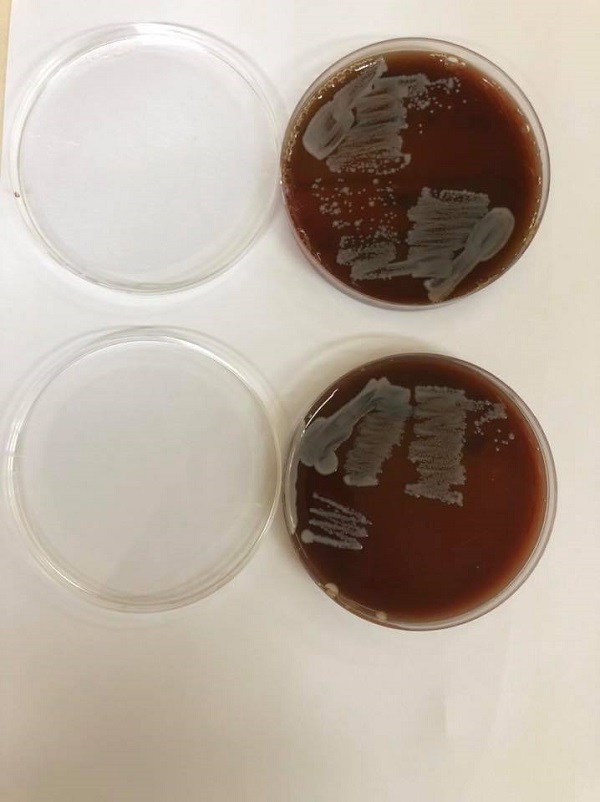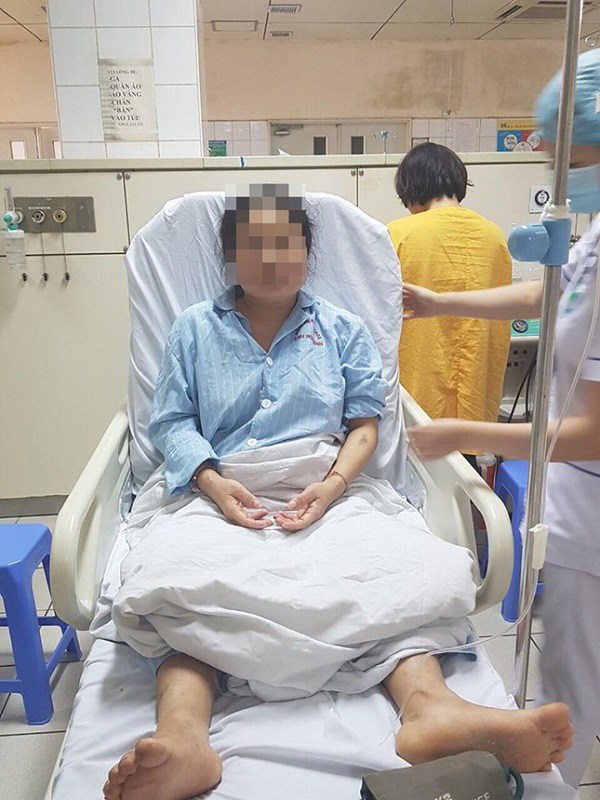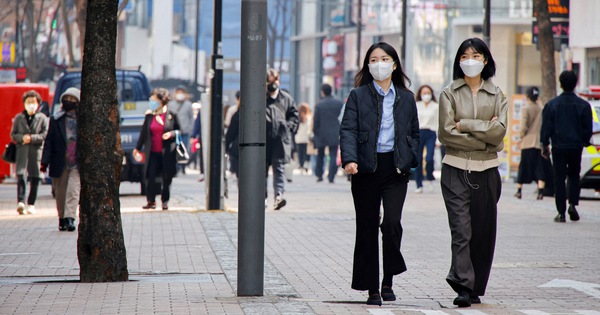June 9, 2022 14:20 PM (GMT+7)
Mistaking “cannibal” bacteria
In recent days, information about a 9-year-old girl in Dak Lak being attacked by “flesh-eating bacteria” (Whitmore) has received the attention of many people. Specifically, the girl was admitted to the hospital with symptoms of high fever, enlarged parotid glands on both sides, pus-filled jaw angle, pain, and limited opening of the mouth. According to CDC Dak Lak, this is the first locally recorded case of Whitmore’s disease – the disease has been forgotten for many years and reappeared only recently.
TS.BS Truong Huu Khanh – Vice Chairman of the Ho Chi Minh City Infectious Association said that the confusion and worries that people share online about the “cannibal” bacteria are being misunderstood.
Doctor Khanh said that in medicine, there is a mention of “flesh-eating” bacteria called Aeromonas hydrophila. This bacteria secretes two toxins that cause meat rot, hence the name “cannibal”.

Blood and pus tests on the patient’s wound were cultured and the results were positive for Whitmore bacteria at Hoa Binh Provincial General Hospital.
The disease everyone is talking about online is Whitmore (or Melioidosis) caused by the bacterium Burkholderia pseudomallei. This is not a “cannibal” bacteria, this disease is not new but has been known for a long time.
“The disease is caused by bacteria entering the body through broken skin. Bacteria from the scratch enter the blood, causing blood infection or necrosis of many organs, including the skin and diseased skin, causing necrotic ulcers, “said Dr. Khanh.
Sharing about this disease, Assoc. Prof. Dr. Bui Vu Huy – Senior Lecturer in Infectious Diseases, Hanoi Medical University, also confirmed that Whitmore’s disease is not a “cannibal” disease as rumored in the past. past time.
According to Assoc. Huy, only severe cases of Whitmore bacteria cause necrosis, while normally Whitmore bacteria are not able to “eat” cells, so they cannot be called “flesh-eating” bacteria like some information. spread. This information can cause panic among people.
The disease is not rare, it is on the rise
Dr. BS Hoang Cong Tinh – Head of the Intensive Care Unit (Hoa Binh Provincial General Hospital) affirmed that Whitmore is not a flesh-eating bacteria. Recently, the disease has been discovered more than before, most of the patients come to the hospital when the condition is already severe. In Hoa Binh province, in the past 2 years, 5 patients have been recorded, most of whom came to the hospital in serious condition because they did not know they had this disease.
Assoc. Prof. TS.BS Do Duy Cuong – Director of Center for Tropical Diseases, Bach Mai Hospital, said that Whitmore is a dangerous acute infectious disease caused by bacteria Burkholderia pseudomallei. This bacteria is present in soil, mud, and the route of infection is mainly caused by direct contact with the damaged skin or by inhalation of dust particles containing bacteria.

Image of a patient with Whitmore being treated at Hoa Binh Provincial General Hospital. Photo: BSCC.
According to Associate Professor Cuong, in Vietnam, the disease has been discovered for a long time, circulated in some localities and is classified as a dangerous infectious disease. It is worth mentioning that in the past, the disease appeared very rarely, sometimes 5-10 years, only 20 cases were recorded. However, recently the disease appears more and more.
Assoc. Prof. Cuong cites that there was a time when the center received 12 cases of Whitmore in the hospital for treatment. There are very serious cases, with a high risk of death. “The disease usually occurs in the rainy season, concentrated from July to November. People who are in contact with the soil and water environment have a higher risk of infection, so when exposed, it is necessary to have protective equipment, if There are scratches on the skin that need to be treated early and thoroughly,” said Associate Professor Cuong.
Symptoms and ways to prevent disease
According to the Department of Preventive Medicine (Ministry of Health), Whitmore has diverse clinical manifestations, is difficult to diagnose and can lead to death if not diagnosed and treated promptly. Especially in people with underlying diseases such as diabetes, liver disease, kidney disease, chronic lung disease, immunodeficiency…
Whitmore when entering the body can have a long incubation period, an average of 2 to 21 days. The danger of the disease is that at the onset, the disease progresses very quickly, can cause death after only 48 hours of admission. People with Whitmore’s disease often have high fever, stomach pain, chest pain, parotitis (very similar to mumps), muscle and joint pain, headache, and convulsions. In particular, the disease also causes infections in some organs of the body.

Protective equipment is required when in contact with mud to prevent bacteria from entering. (Illustration)
There is currently no vaccine for Whitmore’s disease. The main preventive measures are to ensure personal hygiene, environmental hygiene, to use labor protection when working in contact with contaminated soil or water or in an unsanitary environment. Thoroughly clean contaminated skin cuts, abrasions or burns and eat and drink thoroughly…
To proactively prevent Whitmore’s disease, the Department of Preventive Medicine recommends that people take the following measures:
– Limit direct contact with dirty soil and water, especially in heavily polluted places. Do not bathe, swim, dive in ponds, lakes, rivers at/near polluted places.
– Use protective gear (shoes, boots, gloves …) for people who often work outdoors, in contact with soil, mud and dirty water.
– Ensure personal hygiene, frequently wash hands with soap and clean water, especially before and after preparing food, before eating, after using the toilet, after working in the field.
– Eat and drink cooked food, ensure food hygiene and safety; do not slaughter or eat dead animals, livestock or poultry.
– When there are open wounds, sores or burns, contact with potentially contaminated soil or water should be avoided. If contact is required, use a waterproof bandage and should be washed to ensure hygiene.
– People with diabetes, chronic liver, kidney, lung disease, immunocompromised need to take care and protect the wound to prevent infection.
– When suspected of being infected, it is necessary to go to a medical facility for timely advice, examination, detection and treatment.
at Blogtuan.info – Source: Eva.vn – Read the original article here



